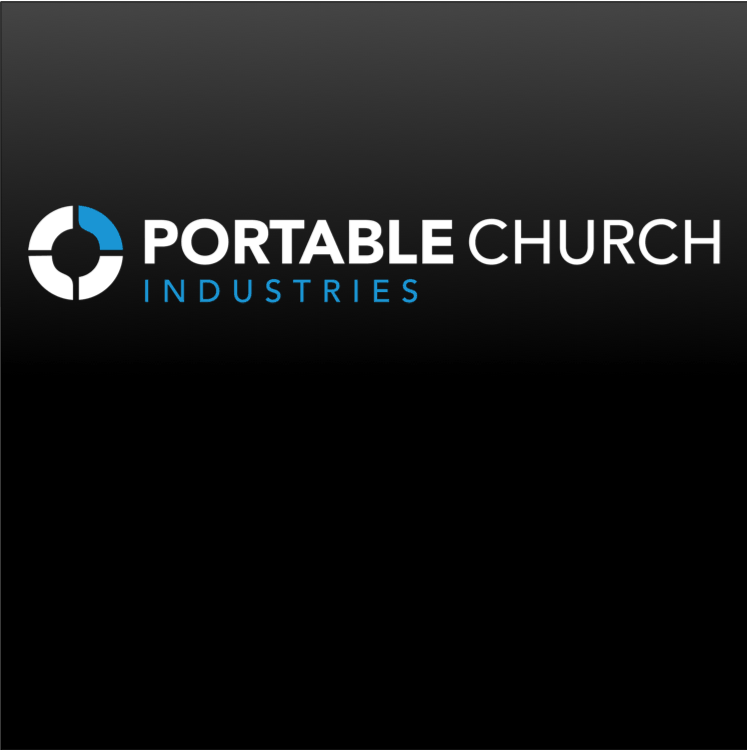Sustain Multisite Momentum
by Portable Church Industries: In our last blog post, we talked about different ways to launch new multisite campuses and how we advocate for a healthy balance of these 5 different ways. Portability is an incredible and underused tool, however, we know that portability isn’t always the best solution to a new campus need. There are churches who are only launching permanent facilities and are having great success. There are also churches who are only launching in portable environments are also having great success. But we are finding more and more churches getting stuck due to money and time.
The reason we think a mix is so important for the church is that an imbalanced church can experience speed bumps in launching new campuses including hindered growth momentum. Every new campus has to land in someplace and space and in that process every church walks the balance of creating an effective, cost-efficient, and time-efficient campus. With that, every church has a pain point of debt and lethargy they are willing to live with. And if both of those are things you strongly want to avoid, developing sites for new campuses can be much too expensive and too slow.
When a church wants to multisite they have to decide where and what community they want to land in. It’s going to be one of the 5. Every church has to go through and process each of the different ways and an imbalance of those types will slow momentum. For example, if a church only does permanent facilities they know they are going to launch at a much slower rate.
Enter portability! Because all 4 of the other ways to launch new campuses are more expensive and more time consuming, portability is an option that more and more multisite churches are stepping into. Portability allows multisite churches to keep investing in new communities while maintaining the other types of facilities they already have.
Portability can address these 3 issues for multisite churches
1. Money
Let’s acknowledge that most leaders painfully understand the expenses involved in developing new sites for new campuses: Land cost, building costs, equipment costs, cost of raising money, cost of debt service, and then ongoing maintenance. One of the key reasons we advocate for a balanced portfolio of property types is because of the burden debt and raising money places on ministry. There are less expensive ways ministry can be done and done well – The most economically-minded way (almost always) to launch in a new community is through a portable campus. And it can be leveraged in a way to launch and grow into whatever the next type of facility could potentially be.
The difference is a low 6 figures for portability and mid 7 figures for permanent. The Facility Cost Comparison Matrix talks about these financial pieces and breaks down each of the different campus types and we recommend every church executive team to go through this exercise.
2. Time
Raising money, designing & developing out any kind of facilities for the purpose of ministry takes significant time. Here are the main ways portability is faster than any of the other options:
- From the time you decide to launch to the day you have your first service could happen in a matter of months.
- You also have faster entry into your community and can start engaging with its people before your launch even happens.
*Some churches have the misconception that it will take all day to set-up and have a service in a rented facility. This can be a real concern but it does not need to be the case. Every multisite church utilizing a Portable Church system is done with set-up in 20-90 minutes. The Meeting House in Canada with 18 locations finishes in just 20 minutes, while numerous other of our ‘6 trailer churches’ set up in 90 minutes or less.
3. Excellence
There is an unspoken fear that a multisite church campus in a portable space can’t be done with the type of excellence that the church is used to. However, we know that excellence is subjective and every multisite church has its own standards for their worship experience. We also realize that portability can certainly be done poorly, but at Portable Church we discover what each church’s standard is through the consultation process. We spend time talking with the directors and vision castors to figure out what each specific church requires. And we strive to make portability as efficient as it can possibly be.
